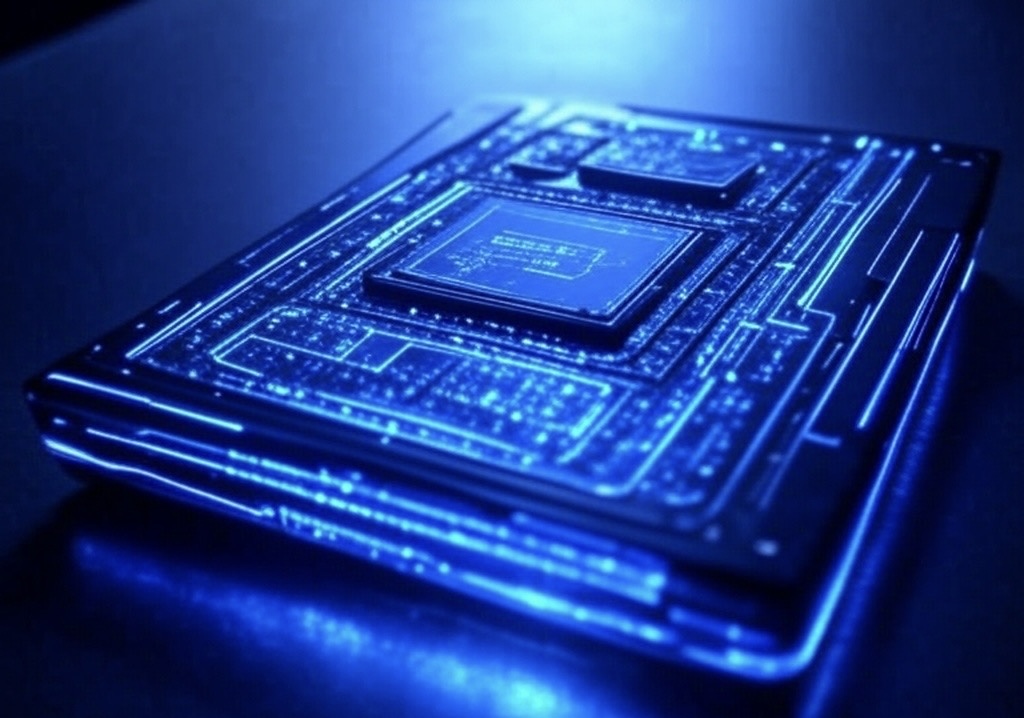Introduction: Are GPUs Still the Future of AI?
For over a decade, Graphics Processing Units (GPUs) have been the driving force behind artificial intelligence advancements. From training large language models to accelerating inference tasks, GPUs—especially those from NVIDIA—have dominated the AI hardware landscape.
However, as models grow larger and global tensions reshape technology access, the limitations of a GPU-centric approach are becoming increasingly evident. This article explores the technical, economic, and geopolitical pressures that are pushing the AI industry toward alternative solutions such as ASICs, FPGAs, and neuromorphic chips.
For an in-depth look at how geopolitics affects AI hardware development, see our related article: Semiconductor Geopolitics and the Future of AI.
1. Supply Chain Constraints: Not Enough H100s to Go Around
NVIDIA’s H100 GPU is currently among the most powerful AI accelerators on the market. But it’s in extremely short supply.
- Manufacturing bottlenecks: The H100 is built using TSMC’s 4nm process, a node with limited global capacity due to high demand across industries.
- Export controls: In October 2023, the U.S. government expanded export restrictions on advanced AI chips to China, including both A100 and H100 models.
This combination of manufacturing limits and political restrictions is straining AI research and deployment worldwide.
2. High Cost and Energy Use: AI at a Premium
- Cost: Prices for a single H100 unit range from $27,000 to $40,000, depending on configuration and vendor.
- Power consumption: The SXM version of the H100 can consume up to 700W, far surpassing typical consumer GPUs. This adds substantial operational costs and raises sustainability concerns.
As more enterprises and research institutions deploy large clusters of GPUs, the financial and environmental impact becomes significant.
3. Scalability Challenges: GPUs Aren’t One-Size-Fits-All
While GPUs shine in parallel computation, they face specific bottlenecks when scaled up:
- Memory limits: Large AI models often exceed onboard GPU memory, requiring complex partitioning or model parallelism.
- Communication overhead: Scaling across multiple GPUs introduces latency—even with fast interconnects like NVLink.
- Edge unsuitability: GPUs are bulky and power-hungry, making them impractical for edge computing devices like drones, IoT sensors, or smartphones.
4. Geopolitical Risk: A Fragile Global Supply Chain
- Design and manufacturing dependence: Most advanced GPUs are designed by U.S. firms (NVIDIA, AMD) and fabricated by TSMC in Taiwan—a geopolitical hotspot.
- Export restrictions: The U.S. is increasingly using semiconductor policy as a geopolitical lever, affecting global AI competitiveness and collaboration.
As nations seek strategic autonomy, there is a growing movement to develop local AI hardware ecosystems.
Emerging Alternatives to GPUs: What’s Next for AI Acceleration?
ASICs (Application-Specific Integrated Circuits)
- Example: Google’s Tensor Processing Unit (TPU)
- Pros: Extremely efficient for specific AI workloads
- Cons: Expensive and time-consuming to develop; limited flexibility
FPGAs (Field-Programmable Gate Arrays)
- Example: Microsoft Azure Stack Edge
- Pros: Reconfigurable post-manufacturing; good for evolving models
- Cons: Less efficient than ASICs; higher programming complexity
Neuromorphic Chips
- Examples:
- Intel Loihi 2: Offers up to 10× improvement over its predecessor using spiking neural networks.
- IBM TrueNorth: Designed for ultra-low power, brain-like processing.
- Pros: Excellent for low-power, real-time inference and learning
- Cons: Mostly in research phase; limited real-world deployment
Why Diversifying AI Hardware Matters
The move toward hardware heterogeneity isn’t just about performance—it’s about survival:
- Cost-efficiency: Startups and universities need alternatives to high-end GPUs.
- Sovereignty: Countries aim to reduce dependence on U.S.-designed and Taiwan-fabricated chips.
- Edge computing: Low-power chips are essential for real-time AI at the edge.
Diversified hardware architectures are becoming essential to power the next generation of AI applications—whether it’s a data center in San Francisco or a robot in rural Africa.
Conclusion: Beyond GPUs—The Future Is Heterogeneous
GPUs have been instrumental in AI’s rise, but they are no longer the one-size-fits-all solution. The industry’s evolution now hinges on integrating a mix of accelerators tailored for specific use cases—from cloud to edge, and from training to inference.
By embracing ASICs, FPGAs, and neuromorphic chips, AI practitioners can overcome current bottlenecks while building a more robust, energy-efficient, and geopolitically secure hardware foundation.


Leave a Reply